Secrets of growing mango from seed at home
Mango is a tropical fruit tree native to warm climates. India is considered his homeland. A young tree begins to bear fruit when it reaches 10 years of age and continues throughout its life.
Content:
- Characteristics of Mango as an Exotic Fruit
- Mango care
- Growing mango from seed
- Properties and uses of mango
Characteristics of Mango as an Exotic Fruit
Many mango trees live up to 300 years thanks to their deep, wide, strong root systems. The crown is wide, in adult representatives it can reach 40 meters. The leaves grow from rosettes that are arranged on numerous small twigs.
Young leaves are yellowish and pinkish, mature leaves are dark green. Their size can reach a length of 30 cm.
The tree blooms very beautifully and its young representatives may well have decorative use.
The petals of the buds are colored red or yellow. Flowers are collected in inflorescences that resemble bunches in shape, only they do not hang down, but stand vertically. The mango tree has many different types. Basically, they differ in the size of the fruit, which can reach 2.5 kilograms in ripe form.
Mango care
Since the homeland of the plant is a tropical country, the conditions for its growth must be created appropriate. Mango is a moisture-loving plant, so watering should be moderated, especially when the heat comes. But the soil should not be waterlogged. There must be good drainage in the tub where the tree grows, allowing excess water to pass into the sump. During the same period, regular spraying of the leaves of the tree is also necessary.
Mango loves light, so they put it in the sunniest place in the house. In the summer months, it can be taken out into the fresh air, on a balcony or terrace.
The tree does not tolerate drafts and, if the branches are waterlogged, can be exposed to fungal diseases. The plant does not need pruning, but when the leaves or branches dry, they are removed. To make the crown more fluffy, you can pinch the tops of the shoots.
But you should not get carried away so as not to spoil the plant. Also, in the spring, mangoes can be fed with fertilizer for palm trees. This process can be carried out once every 10 days.
Growing mango from seed
At home, you can effortlessly grow a mango tree from a seed. Of course, it will not acquire such a size as in nature, and it will rarely bear fruit, and the taste of the fruits will differ significantly from the original. But this plant will bring great pleasure.
First you need:
- Choose the right fruit from which the required bone will be extracted. The mango should be ripe, or rather overripe. It is recommended to buy in the spring-summer period, when the probability of buying a frozen product is minimal.
- Further, the bone must be carefully separated from the pulp. In overripe fruits, the edge of the bone should be cracked, carefully open it and take out the inside. It is a seed wrapped in a light film. If the bone is intact, then it must be carefully cut and the same manipulations carried out.
- Mango seeds are germinated in water.To do this, you need to take a glass of soft water and dip the completely obtained bone there. The water must be changed once every 2 days, so that it does not turn sour. And after 7-10 days a small root will appear, and after another 7-10 days this root will become suitable for planting in a pot.
- The container for planting mango seeds must be chosen deep so that the root has a lot of room for growth and development.
- A universal substrate is suitable; it can be purchased at any flower shop. In a pot with drainage and soil already poured into the bottom, a depression is made into which a bone is carefully placed and sprinkled with earth.
- The seed should be spine down, this is important. It is completely covered with earth, watered and placed in a warm, well-lit place.
The moisture content of the soil must be monitored. The earthen lump should not dry out, but the swamp should not be arranged. After the sprout appears, watering must be monitored especially carefully. When dry, the small sprout will quickly wither and die. Also, when leaves appear, the plant can be sprayed with soft warm water.
Properties and uses of mango
Basically, the mango tree is prized for its juicy and tasty fruit. They contain many vitamins and minerals that have a beneficial effect on the human body. Juices, candied fruits are made from mango, it is used in confectionery and cosmetic production.
In the places where this tree grows, flowers, seeds and bark of the mango tree are also used.
They contain substances that help to heal some minor and serious diseases. But this plant also has toxic properties.
When a twig breaks, a juice containing toxic substances is released, and if it comes into contact with the skin, they cause irritation. Therefore, when growing a tree at home, take care of it, remove dry branches and leaves very carefully.
More information can be found in the video.




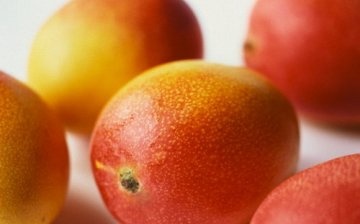
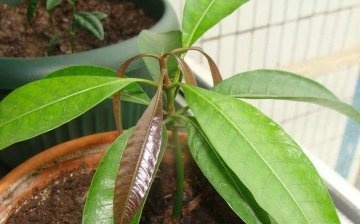
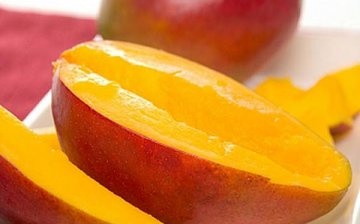
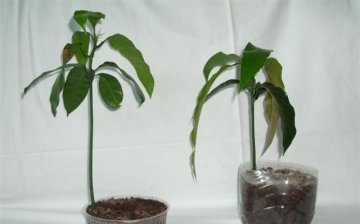





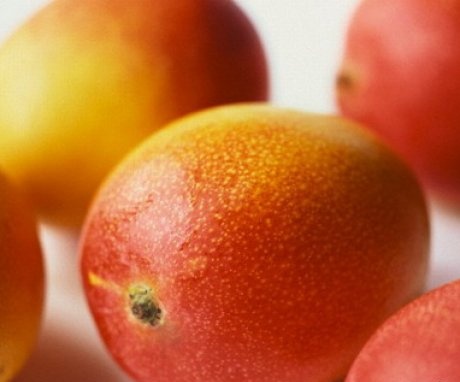
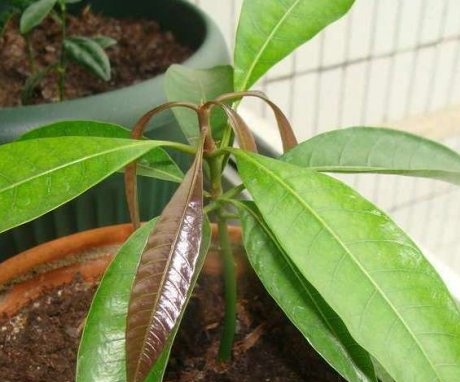
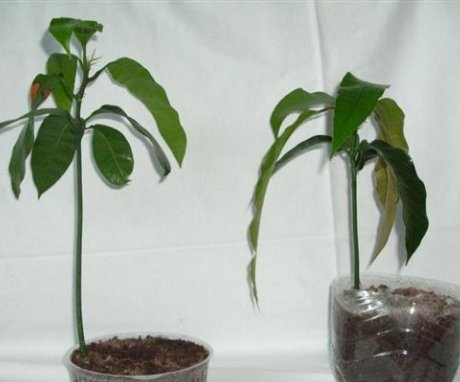
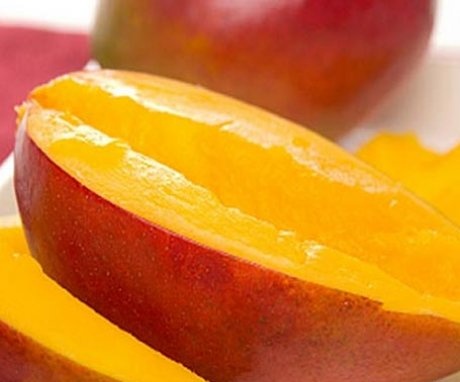
Tomorrow I'll go buy a mango. I was always interested in trying to grow something like that. It didn't work out with the tangerine tree, which is a pity. Now I will try to grow a mango, especially since we really love this fruit. Only now the information about the poison in the leaves confuses me, we have two cats, they suddenly decide to bite the leaves ..